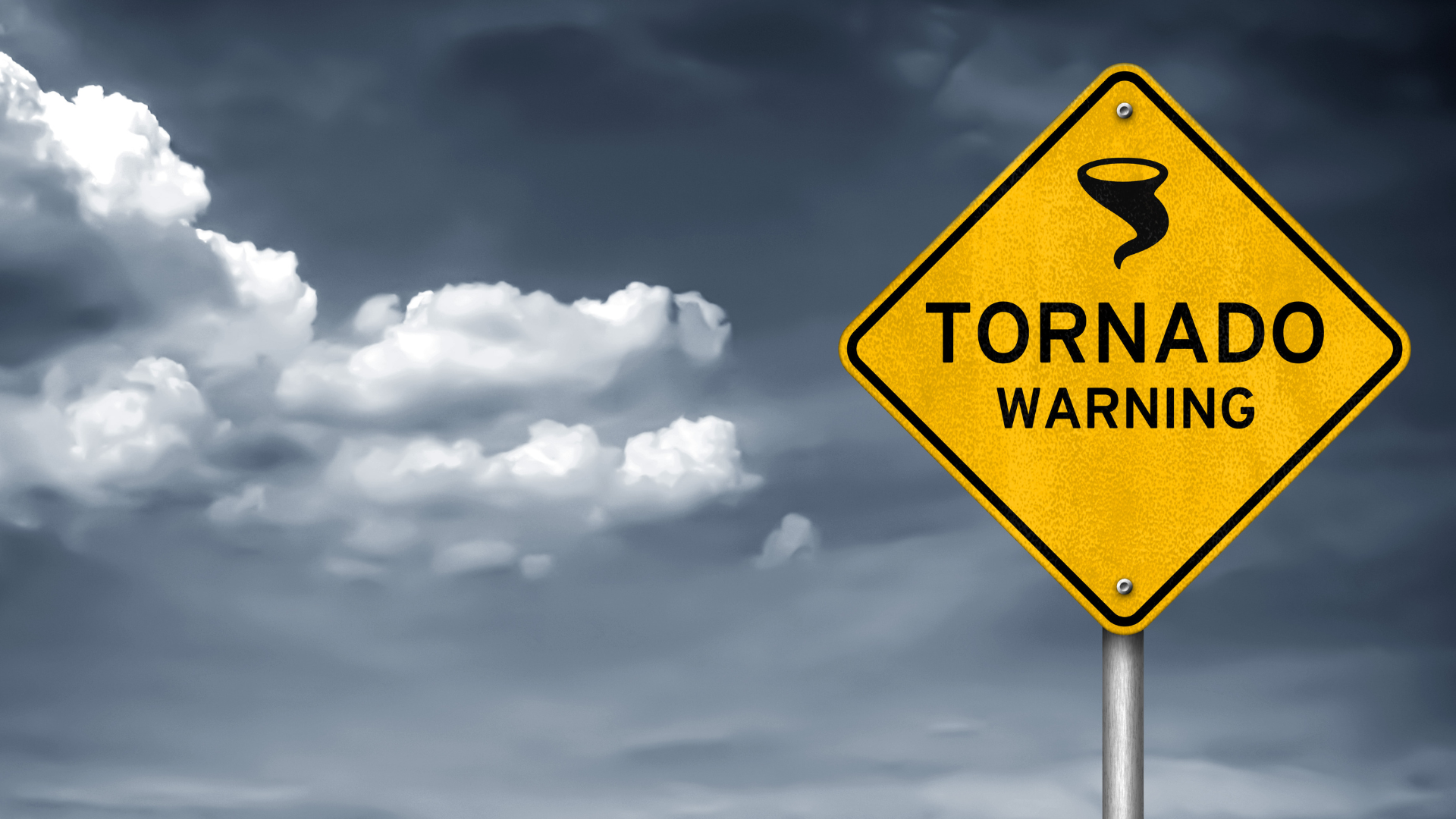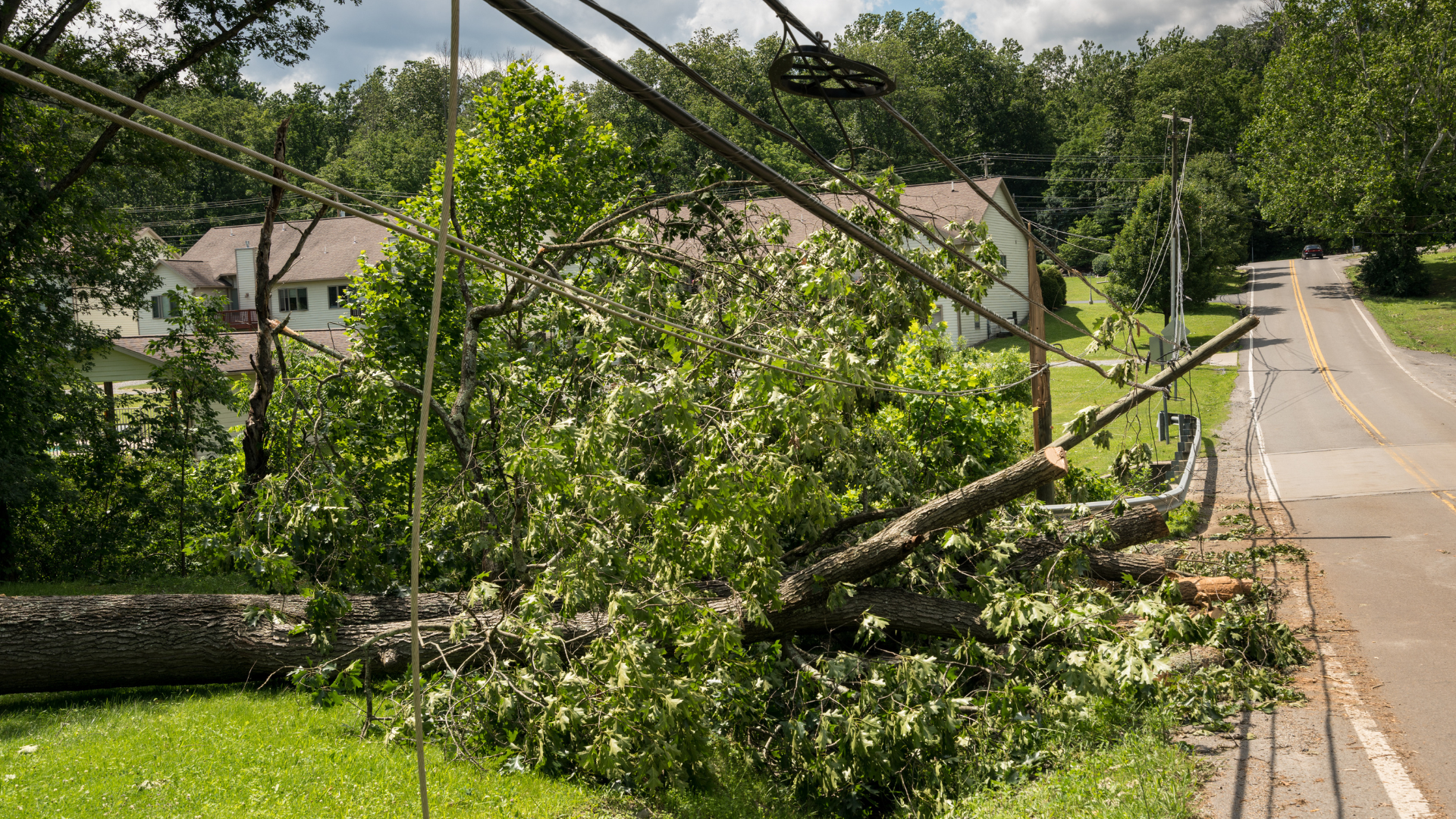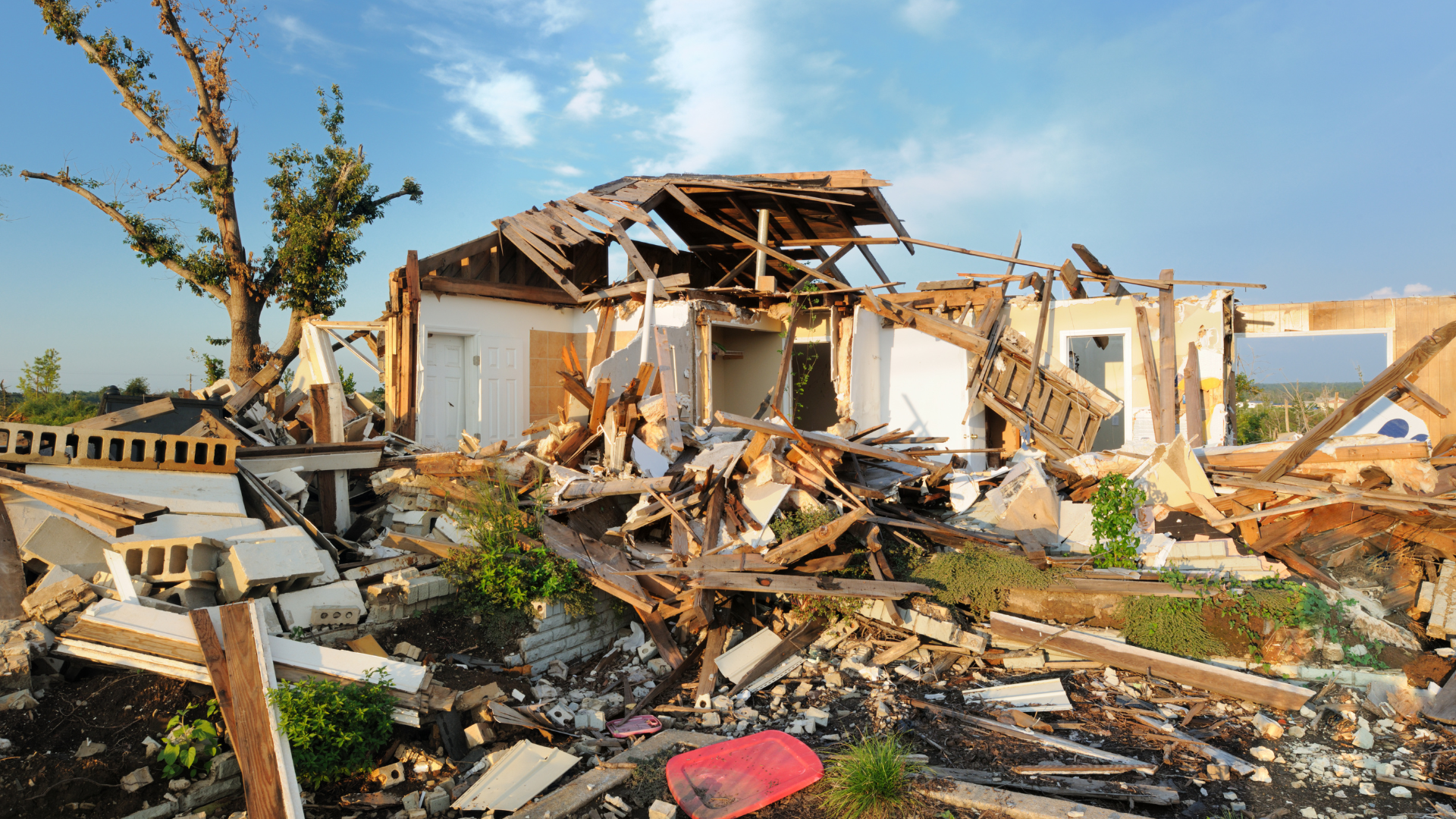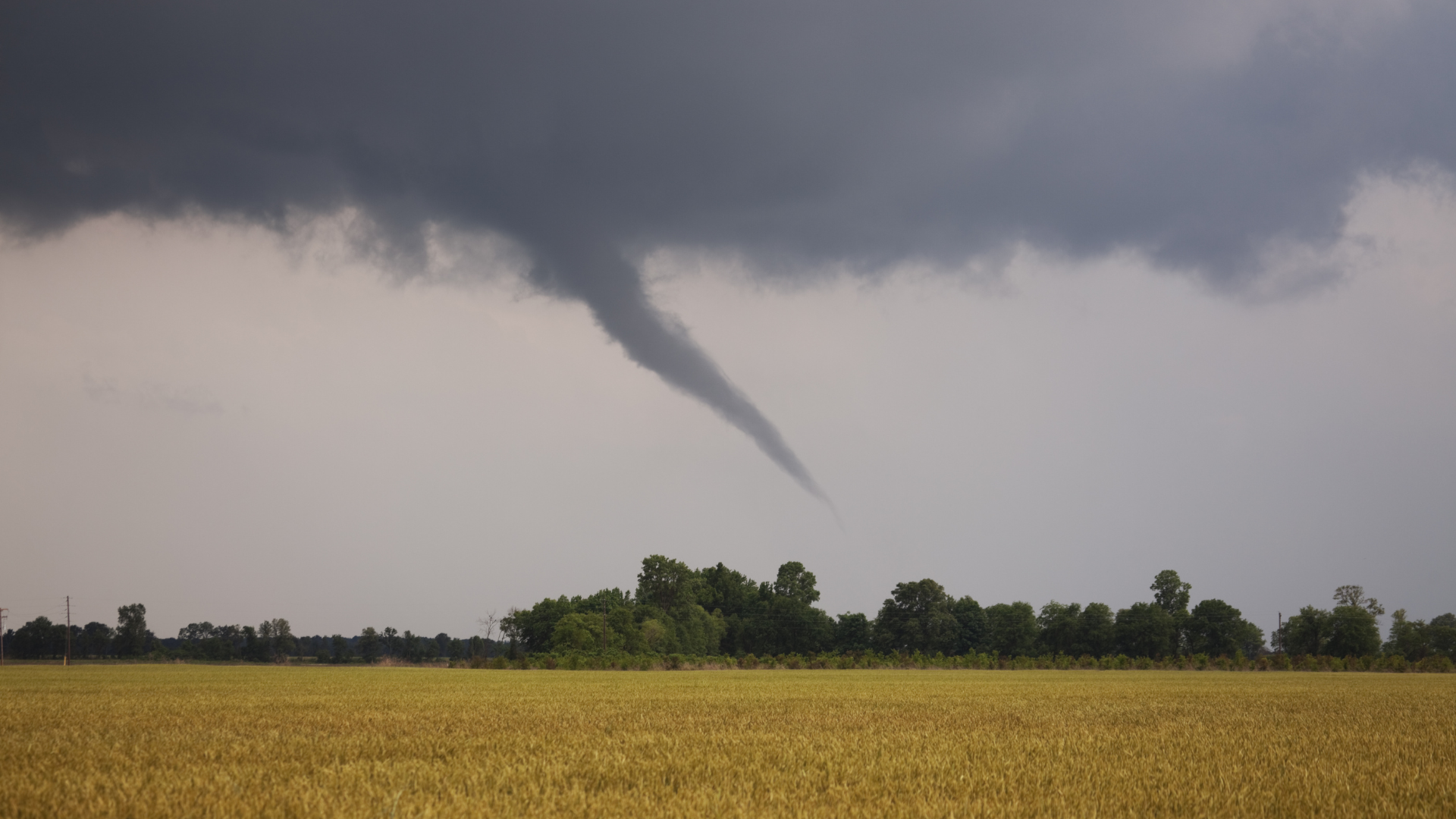A Tornado is a violently rotating column of air that is in contact with both the surface of the Earth and a storm cloud. Most commonly formed within severe thunderstorms, these are caused by a combination of wind shear, instability, and moisture. The signs of a tornado can vary depending on the specific conditions, but some common signs include:
- Dark, often greenish sky
- Large, dark, low-lying clouds
- Loud, continuous roar comparable to a freight train
- Hail, especially large or unusually shaped hailstones
- Large, rotating clouds that form beneath a thunderstorm (known as Wall Clouds)
- Debris cloud, or a cloud of dust and debris visible near the ground
- Rotating, swirling clouds, especially if they are moving in different directions
- Sudden calmness or stillness in the air, especially after a thunderstorm

It's important to take these signs seriously and seek shelter immediately if you suspect a tornado is approaching. You should also know the difference between a watch and a warning so you know what actions to take when they are issued.
A tornado watch means that tornadoes are possible. It is important to remain alert for changing weather conditions and approaching storms.
A tornado warning is an urgent announcement that a tornado has been sighted or indicated by weather radar. Be ready to take shelter immediately and take signs seriously if you suspect a tornado is approaching.

Before a tornado
- Monitor weather forecasts and stay alert for any tornado watches or warnings issued for your area.
- Develop a family emergency plan that includes where to go in case of a tornado and how to communicate with family members. For more information on developing an emergency plan, check out our Guide to Emergency Preparedness.
- Identify a safe place in your home where you can take shelter during a tornado, such as a basement, storm cellar, or interior room on the lowest level. Those living in mobile homes should go to a nearby permanent structure if possible.
- Regularly practice tornado drills with your family so everyone knows what to do in case of a tornado.
- Put together an emergency kit with essential items such as water, non-perishable food, a flashlight, batteries, a first aid kit, and any necessary medications. For more ideas on what to add to your emergency kit, check out our “Build a Kit” video.
- Reinforce your home's foundation, roof, and windows to make them more resistant to high winds. Consider installing shutters or straps to secure your roof to the walls.
- Bring in or secure outdoor furniture, decorations, and other items that could be picked up by strong winds and become projectiles.
Learn a life-saving skill such as CPR or Stop the Bleed. To request training visit our Presentation Request webpage.

During a tornado
If a tornado warning has been issued or if a tornado has been reported in our area take these steps to protect yourself and your loved ones:
- Seek shelter immediately! Move to a safe place such as a basement, storm cellar, or interior room on the lowest level of a sturdy building. Avoid windows and doors.
- Monitor weather reports and listen for updates on the tornado's path and intensity.
- If you are in a vehicle and cannot reach a safe building, do not try to outrun the tornado. Instead, park the car, put your head down below the windows, and cover yourself with a blanket or coat.
- If you are caught in the open, lie flat in a low-lying area and cover your head with your hands.
- Do not seek shelter under highway overpasses or bridges, as they offer little protection from tornadoes and can be more dangerous than being in an open field.
- Once you are in a safe place, stay there until the tornado has passed and it is safe to come out.

After a tornado
After a tornado, take the following steps to ensure your safety and the safety of others:
- Check yourself and others for injuries. Provide first aid for any injuries if needed, but avoid moving seriously injured individuals unless they are in immediate danger.
- Continue to monitor weather reports and listen for updates on any additional severe weather warnings or watches.
- Be cautious of hazards such as downed power lines, broken glass, and debris. Avoid walking or driving through flooded areas.
- Inspect your home, property, and vehicle for any damage caused by the tornado.
- Look for signs of structural damage, gas leaks, and electrical hazards. If you smell gas or fumes, exit immediately and shut off the gas line from the valve. Do not use any appliances, light switches, or flame-starting devices until you are sure there are no gas leaks.
- Examine your home for structural damage. If you suspect there are structural damages, exit the building and identify another shelter location. For more information on identifying structural damage, visit the Red Cross Structural Elements webpage.
- Clean up spills only after you assess it is safe to do so. If anyone makes contact with hazardous material, call 911 immediately. For more information on Hazmat risks and safety, visit our Hazardous Materials webpage.
- Take photos of any damage to your home, property, or vehicle to document the extent of the damage for insurance purposes.
- Avoid any identified electrical hazards. Shut off the main circuit breakers if you see frayed wires or sparks, or if you smell something burning. Power surges from outlets can result in electrocution. Before using any electrical equipment, make sure it is safe to do so. For more information on electrical hazards after an incident visit the Center for Disease Control and Prevention (CDC) webpage.
If you lost power, consider using alternate power sources like a generator. Important safety information on power outages and generators can be found on our Power Outages webpage.

